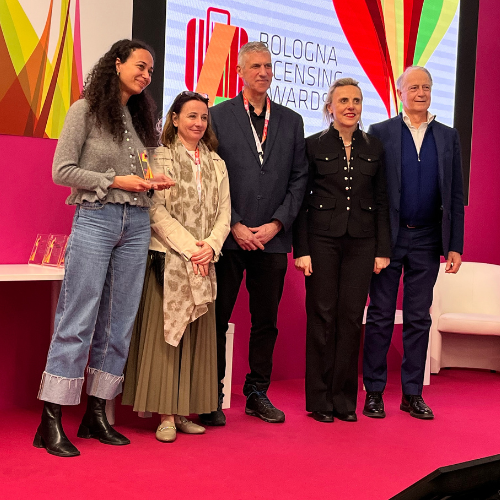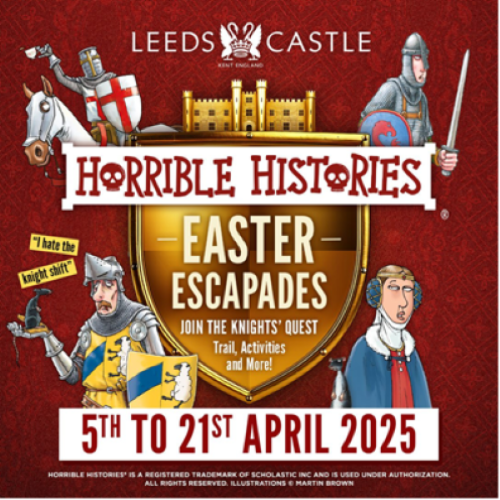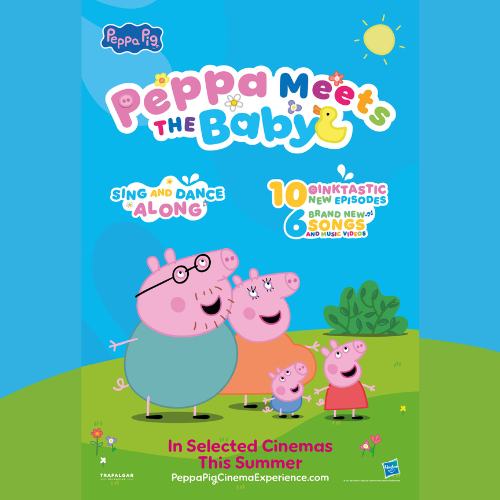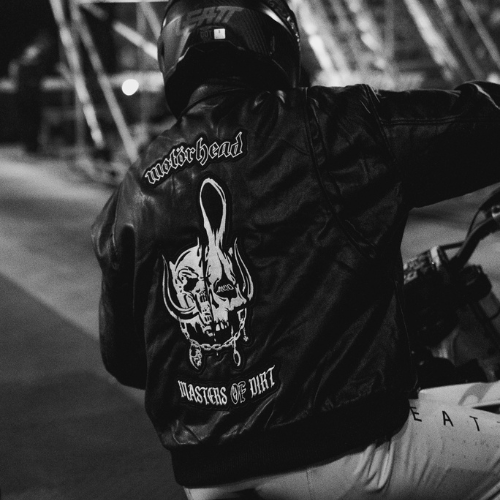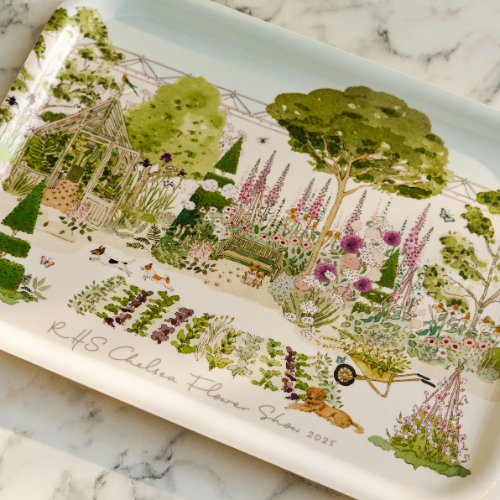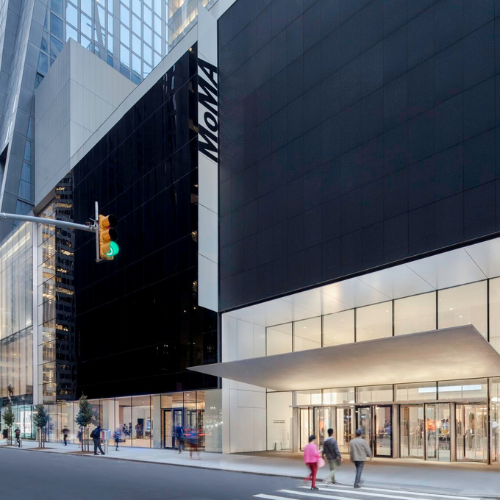Start Licensing’s Ian Downes asks where can we push licensing opportunities this week.
One of the tasks on the very enjoyable Light Fund Treasure Hunt last week was to buy a scratch card – all proceeds going to The Light Fund, of course. This also helped me with this week’s column as I noticed there is a Rubik’s Cube branded scratch card. This is not the first time the National Lottery has used licences to brand cards – Monopoly is a previous high profile example.
It is difficult to match Monopoly in terms of brand and creative fit, but clearly this kind of activity would suit board game and toy brands that have a challenge element to them. Thus the choice of Rubik’s Cube.
Owners need to be sensitive to brand positioning and how their brand is perceived by the wider community when associating with a ‘a game of chance’. However, my instinct is that with the right brand fit, that activities such as scratch cards are a good opportunity for game-related brands and a further example of ‘new’ areas for licensing which allow them to reach beyond conventional retail usage.
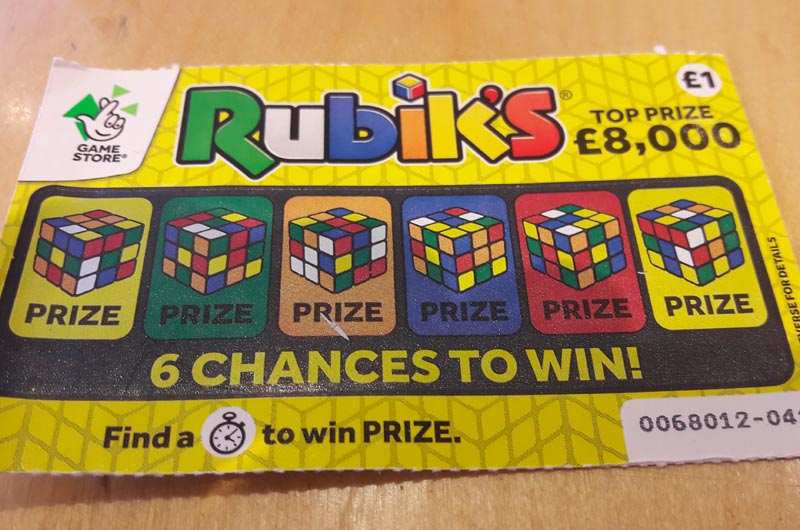
Sadly my scratch card was a losing one, but on a more positive note my team won the Treasure Hunt. Even more importantly over £5,000 was raised for The Light Fund.
I also travelled up to Liverpool this week and was lucky enough to visit About the Young Idea – an exhibition which told the story of The Jam. It was in the great setting of Cunard House in Liverpool.
It was a really good exhibition – well presented, thorough and a great insight into the band. It was originally on in London at Somerset House and I believe the exhibition will visit other cities.
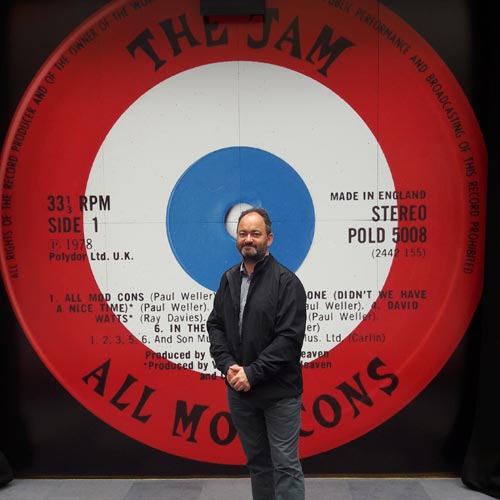
Thinking about this and other exhibitions, such as the current one featuring The Rolling Stones, there is clearly a growing opportunity for brand owners especially in areas like music and lifestyle to think about creating exhibitions. The exhibition creates a fantastic opportunity to reach a brand’s core (and loyal) audience, but also to connect with new consumers and to develop commercial partnerships around the exhibition.
The Rolling Stones exhibition is sponsored by DHL. Maybe not what Mick and the other Stones had in mind when they started on their journey, but a very clear sign of the commercial value and potential of this kind of activity.
Exhibitions also create a good opportunity to sell products and to stimulate licensees. I think as the consumer and retail markets evolve, brand owners will need to think further about their event and exhibition strategy assessing if there is a licensing opportunity in this category for them. Exhibitions can create a brand’s own media platform – think of it like a premium subscription channel and, of course, they create direct retail opportunities as well.
I also spotted a couple of very good examples of promotional activities linked to film releases this week. Full marks to licensee Sambro for leveraging the Finding Dory licence and working with Boots’ suncare brand Soltan. They have linked in store to supply a Finding Dory beach ball free with purchase. The film benefits from the coverage it gets in store at Boots – film companies are always looking to trade promotional equity for promotional windows around release. In this example, a licensee has received a direct benefit in selling and supplying a licensed product into the retailer to support the promotion.
I am sure this was a very welcome piece of business for Sambro and the beach balls make the link more effective visually.
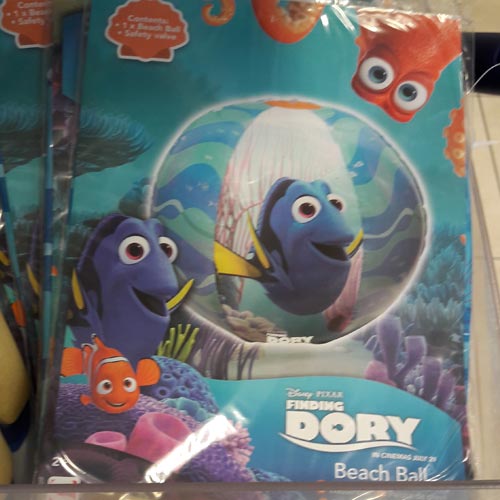
I was also impressed by Sainsbury’s use of Finding Dory – they were promoting a Finding Dory trail in-store with children invited to find character images around the store to reveal a secret word… that concept must sound familiar to my fellow Treasure Hunters! The promotion was very visible in store and will help shine a light on the film plus the licensing in a fun way. I think this kind of thing if managed well enhances the consumer experience of a big film release.
The BFG has also developed a very good promotional link – this is with Royal Mail Parcelforce and is communicated in Post Office branches plus online with film imagery under the strapline ‘Giant care for your parcel. Giant rewards for you’.
While this might full into the category of a ‘free’ promotion – a link to the film in exchange for an agreed level of activation – it does help the licensing programme as it creates more attention and consumer engagement at a key point of film launch.
It also refreshing to see brands such as Parcelforce engage with films in this way – this may build a bridge for other activity in the future which could extend to physical products such as branded mail bags, envelopes and boxes.
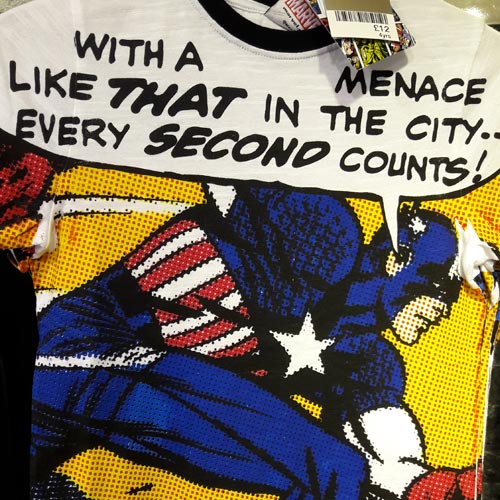
I also spotted some great design work by Next and their apparel partners this week – in the children’s and toddler ranges there were licensed ranges featuring Minecraft, classic Disney, Captain America and Batman.
What struck me was the originality of the design work – it is clear that licensors and licensees really think more about design in categories like apparel and are looking to provide original options for retailers. This is a challenge as it is tough to service all parts of the market and in some cases there is a challenge with the supply of source artwork.
But this is an aspect of licensing that has definitely improved over the years – this may also be a benefit of the trickledown effect of fashion ‘collabs’ where designers such as Henry Holland have designed their own licensed ranges: this has raised the design bar I think. I believe another reason is that consumers expectations of licensing are higher especially in apparel – they are looking for original and on trend designs.
I also thought a Volkswagen t-shirt in Sainsbury’s was a good example of innovative design in action, and also a flag that brands are becoming more active in markets like children’s apparel as consumers are more readily exposed the brands in general. Thinking about fashion brands such as Ted Baker with children’s ranges. This is something entertainment companies will need to be mindful of. Indeed, this probably reinforces the point that a commitment to fresh and bespoke design needs to be high up the list of priorities for licensed apparel companies.
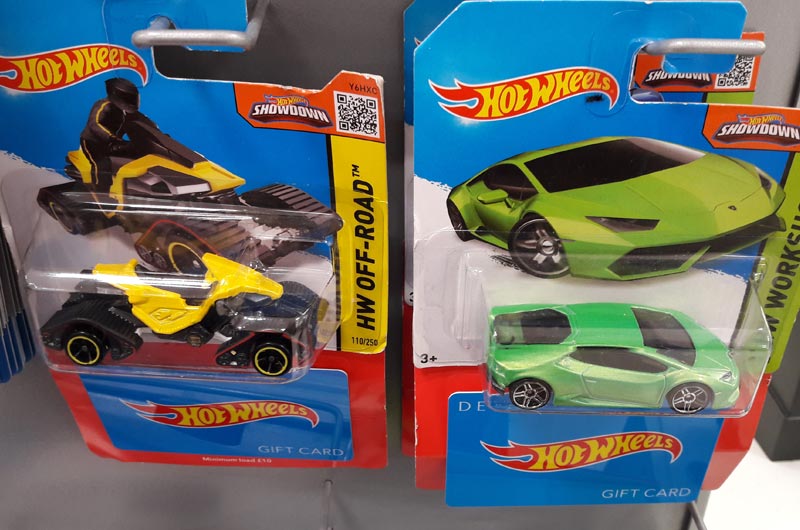
Finally, I saw what I thought was a very neat idea in Debenhams. They had developed a Hot Wheels-branded gift card which included a free Hot Wheels car. Great bit of presentation neatly communicated and an eye-catching bit of marketing. I think this is a really good example of adding value to a relatively mundane product – gift cards – it is also a good idea starter for other brand owners to think about.
That is maybe a challenge we should all set ourselves in licensing – where can we push licensing opportunities in new ways that add value and create new opportunities. An added value gift card, a scratchcard and an exhibition all show that licensing can come in all shapes and sizes not just t-shirt shaped ones.
Ian Downes runs Start Licensing, an independent brand licensing agency. His Twitter handle is @startlicensing – he would welcome your suggestions for what to look out for.












